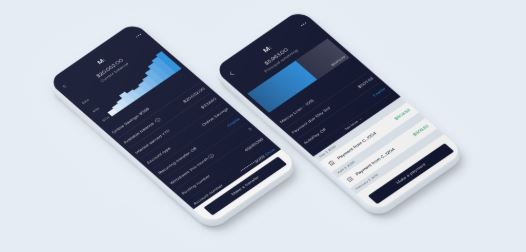Goldman Sachs re-opens Marcus in UK with 0.5% rate
Goldman Sachs has re-opened its easy-access savings account to new UK investors under its digital Marcus brand, paying 0.5% on deposits – one of the country’s highest rates at present.
In June last year, Goldman had to close Marcus’ easy access savings account to new UK customers. Regulated deposit limits during the country’s first coronavirus lockdown climbed to £21 billion.
UK banking rules stipulate retail deposits totalling more than £25 billion must be ring-fenced. That means the bank would have to separate these assets from the rest.

0.5% is the highest paying easy-access rate in the UK
Marcus UK’s head, Des McDaid, told Reuters last year that separating Marcus financially and operationally from the US would be “a significant change” to its “low-cost business model”.
He added at the time that this low-cost model allows Marcus “to pay consistently competitive rates to existing savers”. But Goldman incrementally decreased the rate of this popular account in 2020. It went from 1.3% to 1.2%, and 1.05% to 0.7%. It is currently down to 0.5% – which is still the highest paying easy-access rate in the UK.
Marcus has also done well in its domestic market stateside. At the end of 2019, Marcus’ US total deposits for the first quarter stood at more than $50 billion. By the third quarter of 2020, Marcus held a much larger $96 billion in deposits.
Growing beyond its interest rate
This year, the plan is to launch a checking account with Marqeta, as well as an investing service, under the Marcus brand.
These features would see Marcus take on both challenger banks and digital, fee-free investment platforms in one fell swoop.
In the US, Marcus launched its mobile banking app in January last year. But there’s still no sign of an app in the UK.
Adam Dell, Marcus’ head of product, wants to move Goldman away from a sole reliance on unpredictable investment banking. Instead, Dell wants to focus on more predictable revenues from retail banking products. Hence the growing investment in Marcus.
At FinnovateFall back in September, the Marcus exec argued that a combination of a personal financial management (PFM) and a banking service is a powerful thing.
“It creates synergy between a financial situation a consumer is in and the products and services they can utilise,” he said.
The bank bought PFM tool Clarity Money back in 2018. It has gradually transitioned the tool’s “best” features to the Marcus app. It is winding down Clarity Money, in favour of Marcus Insights, which is housed in the Marcus app, currently offering users account aggregation and spending insights.
The bank is also mulling acquisitions to bulk up Marcus in the UK. According to three Reuters sources, the bank has set an “extremely high” bar for deals which need to be both large and transformational.
Read next: Goldman winds down Clarity Money to focus on Marcus Insights











































